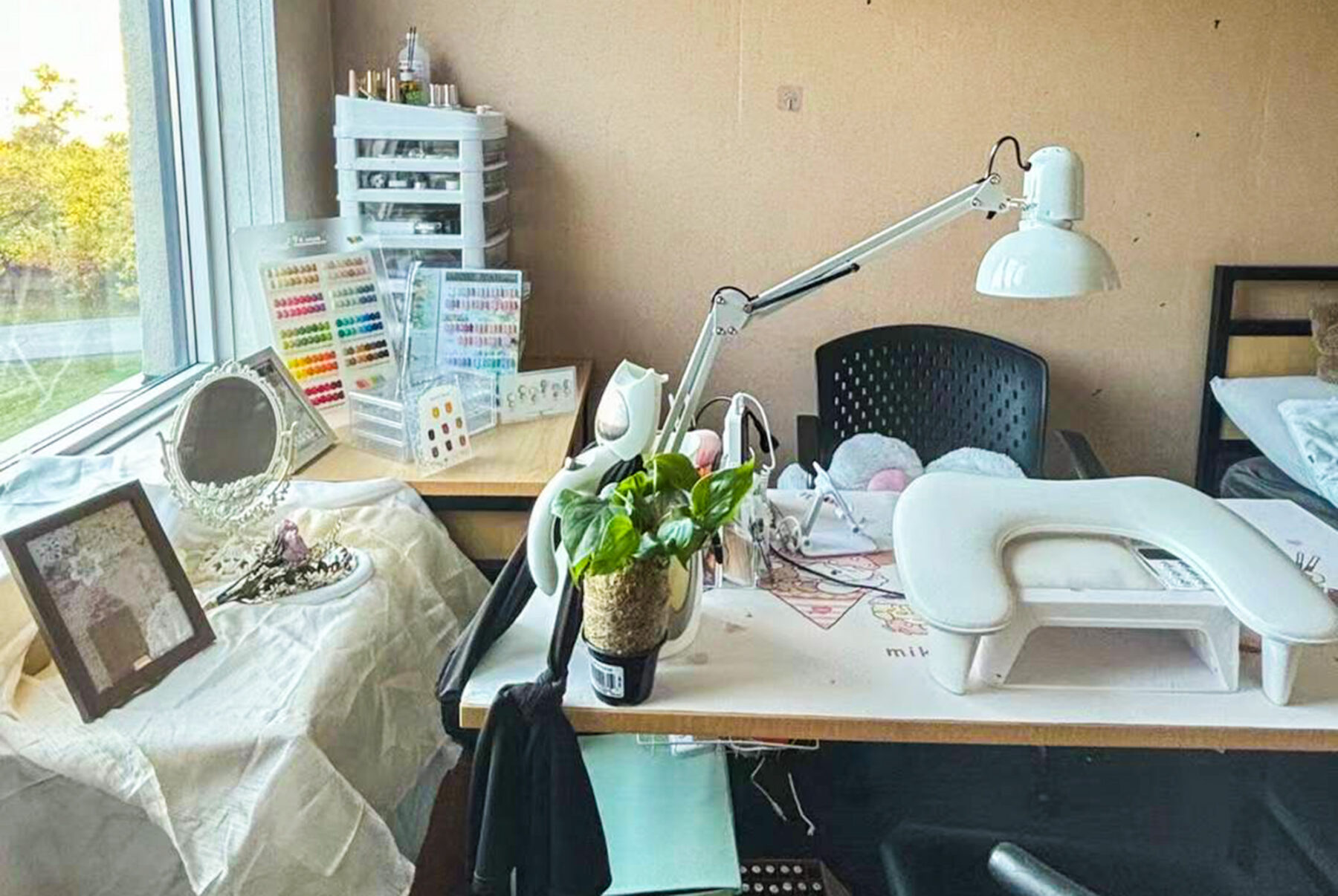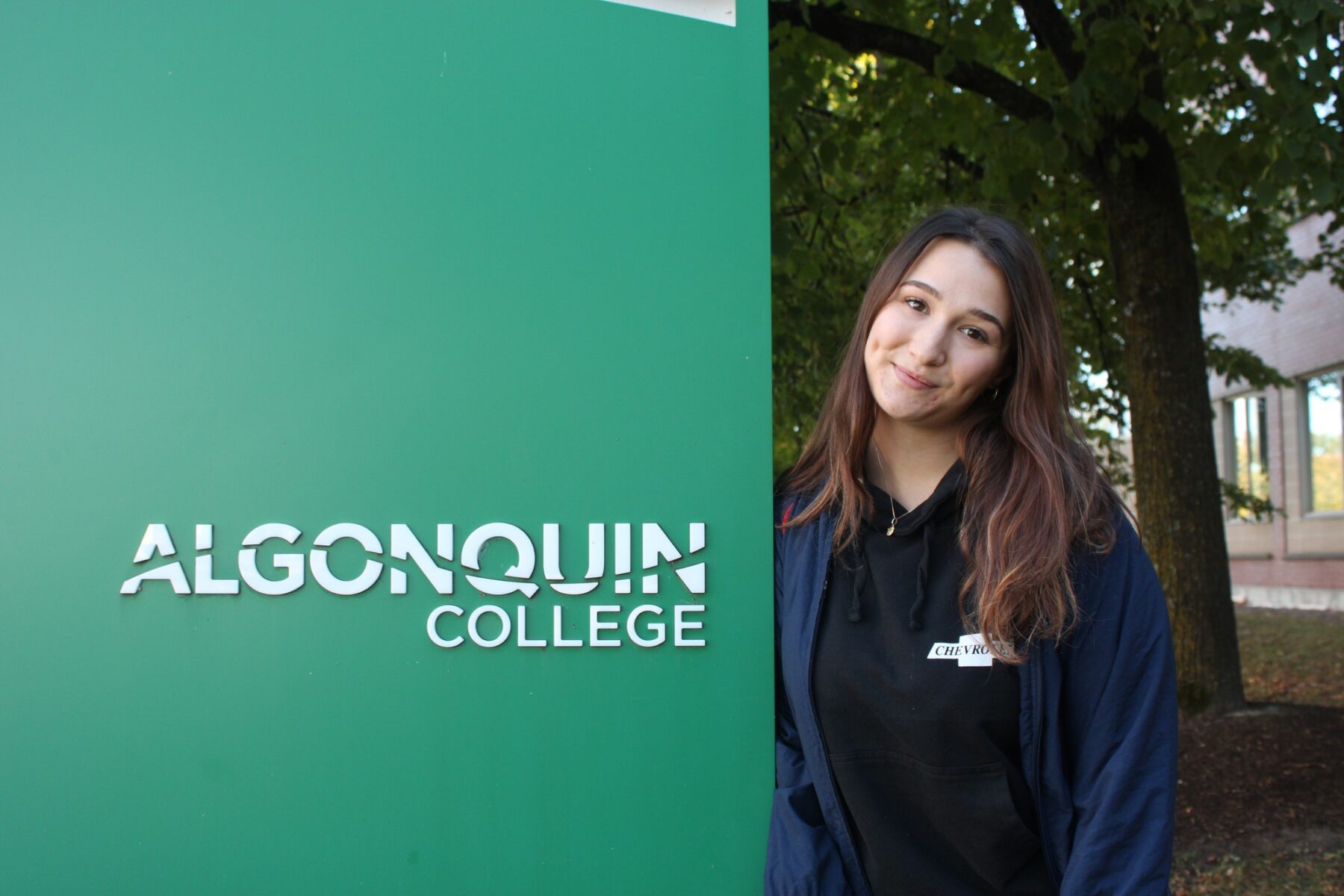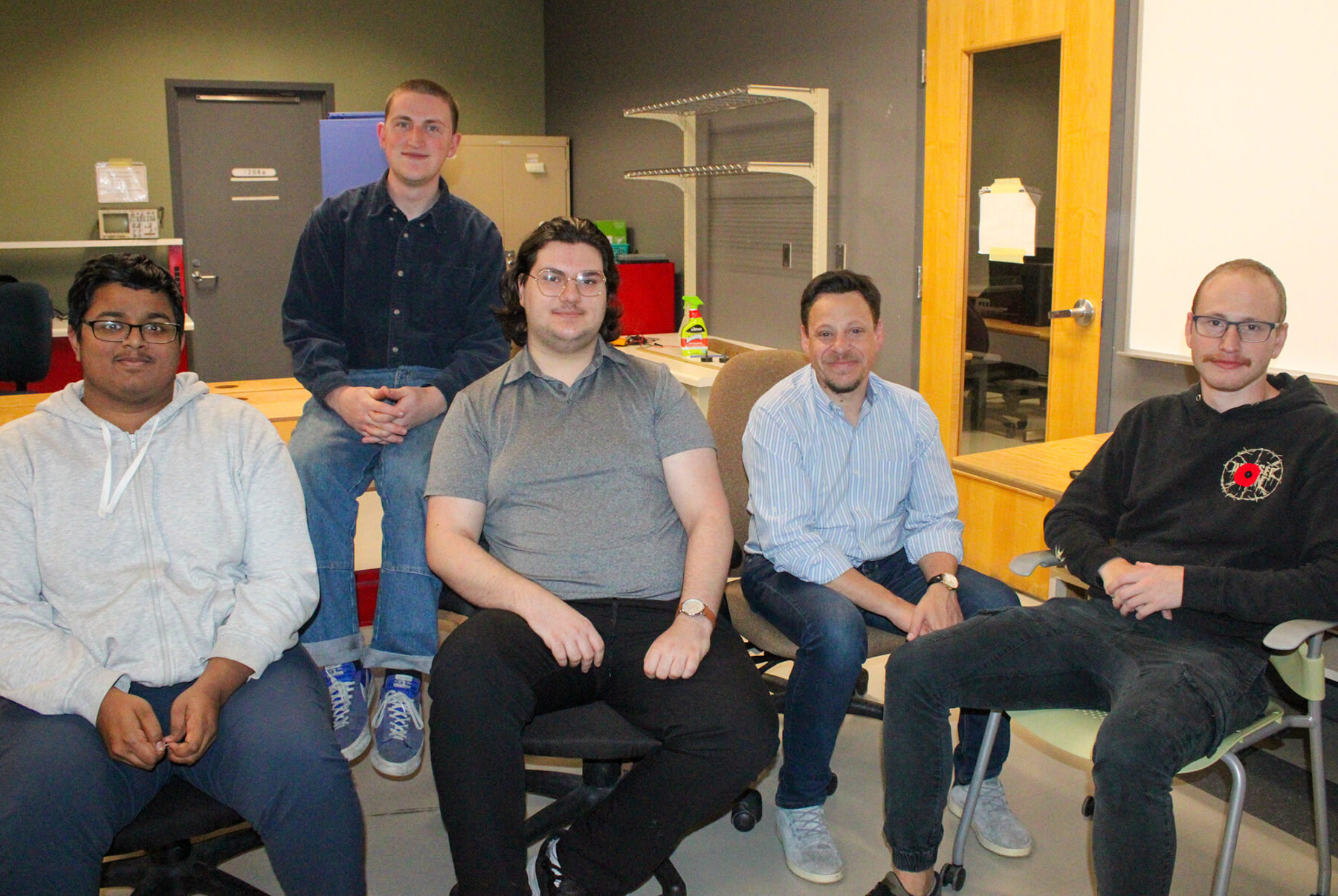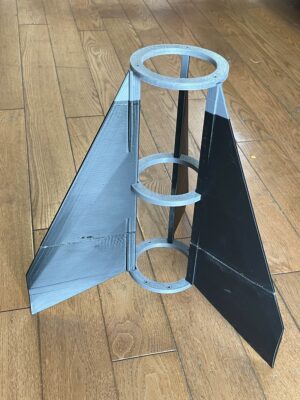As avian influenza hits Canada, students in Algonquin’s vet tech program learn preventative lessons

As health officials in British Columbia monitor the condition of a teen sick with avian influenza, students at Algonquin College are learning how to combat zoonotic diseases in their veterinary technician program.
Second-year veterinary technician students Emma Mackinlay and Emilie Desloges are already well-versed in zoonotic disease prevention measures, which are illnesses that can spread between animals and humans.

“Hand hygiene is critical,” said Mackinlay. “We’ve been taught to use proper protective equipment, sanitize thoroughly and recognize symptoms early.”
“The program equips us to manage animal-related diseases,” said Desloges. “But the principles, like handwashing, apply to everyone. It’s one of the easiest ways to reduce the spread.”

At Algonquin, these practices are deeply embedded in the curriculum. Veterinary professor and program coordinator Shannon Reid emphasized the importance of biosecurity in managing zoonotic diseases.
“Students learn the mechanisms of these diseases, how they are transmitted, diagnosed and treated, as well as how to prevent their spread,” said Reid. “We teach strict protocols, including wearing gloves, masks and goggles. These practices protect the students and help prevent transmission between animals.”
The H5N1 avian influenza is rare but deadly. It reminds people of how quickly a public health crisis can escalate.
A B.C. a teenager, whose name and gender have not been released, was fighting for survival after contracting the H5N1 strain of avian influenza. It is Canada’s first reported case.
According to Public Health Ontario, avian influenza is a type of flu virus mostly found in wild birds. It can also infect poultry such as chickens and turkeys, as well as mammals like cows. Human infections are rare and typically result from close contact with infected animals or their environments.
According to B.C. health authorities, the teenager’s symptoms began on Nov. 2 with fever, cough and conjunctivitis, escalating to acute respiratory distress. After initially being sent home, the individual was admitted to intensive care days later. Advanced antiviral treatments were being administered, but the patient’s condition remained critical.
“We may never find the exact source,” said Henry Migratory birds are often linked to outbreaks, but in this case, no direct exposure to poultry or infected wild birds has been identified,” she said.
Over 35 contacts of the teen, including family members and healthcare workers, were being monitored and tested according to health authorities. Antiviral prophylaxis, a preventive treatment designed to stop the virus from developing in exposed individuals, has been offered to those at risk.
While public health officials remain confident that the virus does not spread easily between humans, its severity is concerning.
Seasonal influenza typically has a mortality rate of less than one percent, H5N1 has been associated with mortality rates as high as 52 per cent globally.
“Globally, since 1997, we’ve seen as many as 900 cases, but human transmission is extremely rare,” said Henry.
Sundus Farah, a first-year community and justice services student, said she had not heard of the avian flu case but believes Algonquin College has a responsibility to inform students about health risks.
“If there’s another outbreak, I’d follow the procedures to keep myself safe,” said Farah. “But I need to stay informed to protect myself.”
How to Stay Safe
Health officials advise remaining vigilant but not panicking. Stay home if you feel unwell, and get your seasonal flu shot to reduce the risk of severe illness.
If you encounter sick or dead birds, avoid direct contact and report them to wildlife authorities immediately. Signs of a sick bird include unusual tiredness, difficulty breathing, swelling around the eyes or head, or discharge from the beak or eyes.
As Mackinlay and Desloges emphasized, preventive measures like hand hygiene, proper protective equipment and awareness are key to staying safe.























